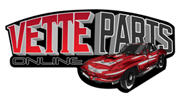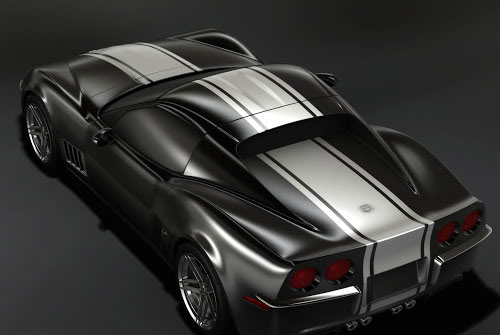
Corvette Parts Online
Corvette Parts looked into producing forged Corvette 1963-1982 rear axles in 1992 because of the ever increasing cost of GM stock axles and the reputation of low strength. Material strength was the major factor, stock axles were not the best for high output engines, especially when used for the track.
There were two driveline specialists turning out “super stock” rear kits where axles were turned from 4340 material from solid stock. Corvette Parts was one and Tom’s Differentials was the other. This type of manufacture for axles, (lathe cut from solid stock), was very costly and since it cut through the material grain lines it was not nearly as strong as a forging where grain lines follow form.
Corvette Parts contacted Moser Engineering, perhaps now better known as Moser Axle. They had in their plans a Corvette axle for future production. This was to be a 4340 forging. They already had a production print but didn’t have a production date. As Corvette Parts was already in the Corvette Axle business, Moser decided to send their
production print to us and we would assume production.
Spencer Forge in Ohio was the choice for the forge work mainly because they produced forgings for Dana-Spicer and had a track record for forged driveline parts. Attached is a copy of the final axle print and an inspection sheet.
What We Do?
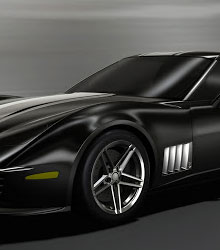
CUSTOMER BASE DEVELOPMENT
This is where you can write a brief explanation about the heading above. Make sure you blend it with some quality information with enticing words that will encourage the visitors to know more about you and your service.
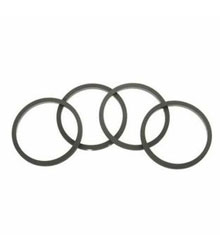
MOTORCYCLE CALIPERS
This is where you can write a brief explanation about the heading above. Make sure you blend it with some quality information with enticing words that will encourage the visitors to know more about you and your service.
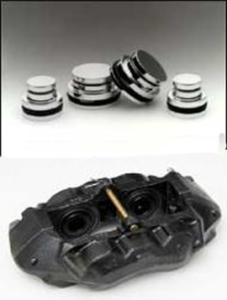
O-Ring CALIPER DEVELOPMENT
1986 was the year that the Corvette Brake Caliper finally lost its infamous lip seal. By using prior art from both Lockheed Aircraft brake systems which used O-rings for seals in brake calipers and also Chrysler Budd Calipers found on the front of Chrysler Imperials we were able to correct the lip seal problem.
The Corvette calipers in 1965-66 had a very similar internal design as the Chrysler design except for the seals.
Redesigning the piston came first, changing the diameter of the lower area below the lip seal to the same diameter as the upper land. This would keep the piston square in its bore. The seal area was corrected to accept an O-ring. The boot area remained the same as did the boot. The spring beneath the piston was eliminated. The spring was to keep the piston on the pad and the pad on the rotor (drag). The idea was to keep the piston ‘square’ in its bore, but it never worked that way. Any run-out on the rotor would translate (pumping action) to the brake pad and the piston with its lip seal inducting air and moisture. Lip Seals only seal in one direction, O-rings seal in all directions. O-rings do not slide up and down the bore, it twists, so when the brake peddle is released the piston/pad retracts from the rotor some 0.010-0.015” and no more drag. These calipers first went to Ray-Loc (NAPA) and to Cardone. In 1992 we first advertised the design to the public.
None of this design was patentable because it is all prior art.
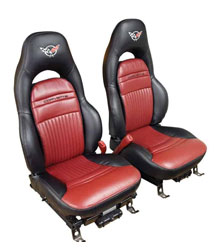
ENGINE VALVE / SEAT DEVELOPMENT
We were approached, because of past experience, by an engineering firm to take an air flow study for GM on an engine they needed to be competitive for two more years when their new generation engine would make its appearance. The results must be running changes only. That is, only changes that could be done on existing manufacturing lines, the machine line engine parts move down in the manufacturing process. A friend, Craig Walters was brought in for his ability of fine-tuning flow conditions. As the testing moved along, many of the GM heads were used. GM does give you all the engines and/or parts you ask for, as well as the full size (actual parts size) prints. We did find that there was a flow restriction, a flow turbulence just forward of the valve seat. By changing the seat to venturi shape by adding more seat angles, and with minor valve face changes, a very increased flow was the result. The flow speed was increased as it passed the valve seat now, the entire flow column forward of the valve/seat moved faster: that even as the piston passed bottom dead center the cylinder continued to fill. A slight positive displacement was taking place.
After the GM work, we continued with other engine makes. The process worked in every test, but each was a unique design. Every engine required its own design.
We then focused on Harley Davidson motorcycles. Two cylinders are easier to work with than 8 or 10. A radius seat was finally designed with a valve that had a radius seal area. This would produce a 10 horse power on a stock engine without any other changes. This was verified by numerous tests run by shops independent from us, after installing these valves and seats on their own customer’s Harleys. We ran numerous tests on the truth machine (Dynameter) that showed 10 horsepower with a stock engine. We did have reports with dyno slips showing 12 to 15 additional horsepower but we discounted these because they were likely modified.
We did come through with a patent; which we did sell.
Featured Product Categories
-
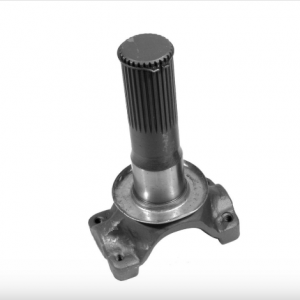
SIDE YOKES (AXLES) 1980-82 STD. DANA 44 ONLY
6 Products -
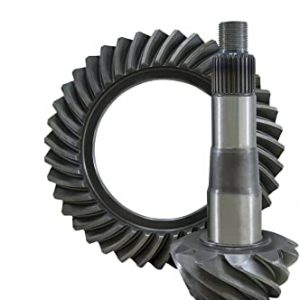
SEVER DUTY RING & PINION WITH BOTH 7/16" AND 1/2" R/G Bolts
4 Products -
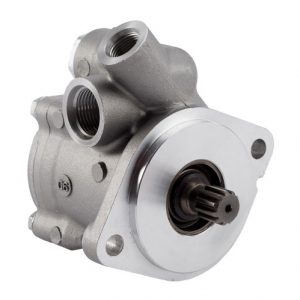
Power Steering and Parts
5 Products -

DIFFERENTIAL SIDE YOKES 1963-1979
2 Products -
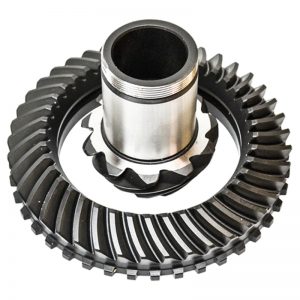
Corvette Rings & Pinions
53 Products -
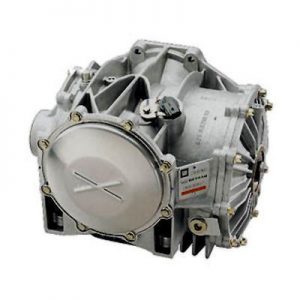
Corvette Getrag Differentials
5 Products -
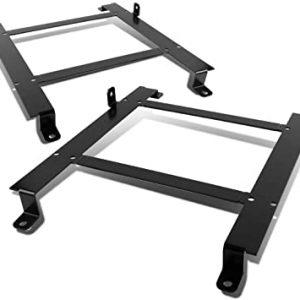
Body & Frame Hardware
94 Products -
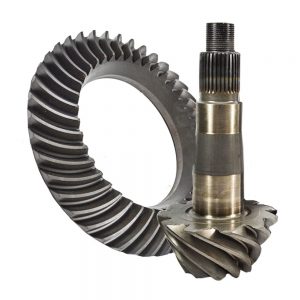
1997-2007 Corvette Differentials
1 Product
Company
Corvette Parts looked into producing forged Corvette 1963-1982 rear axles in 1992 because of the ever increasing cost of GM stock axles and the reputation of low strength.
2021 All Rights Reserved Corvette Parts Online | Powered By Sprint SEO Solution
